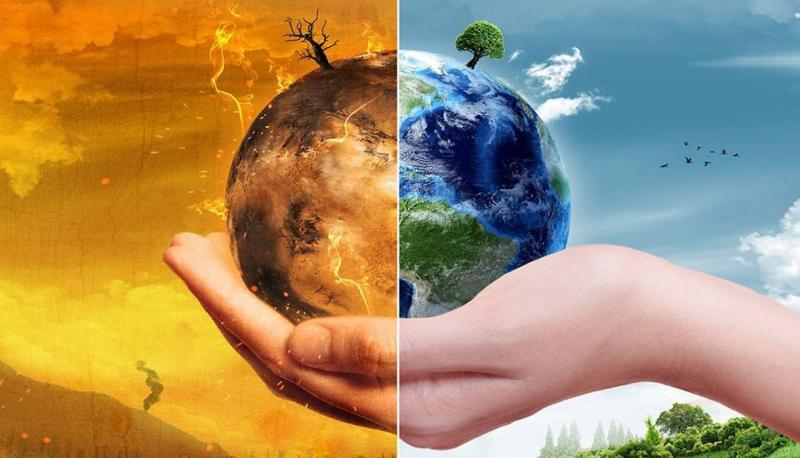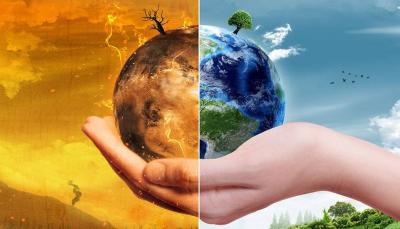A study published this week reveals that melting ice due to global warming is causing a faster adjustment than expected in the Earth's rotation speed, with implications that could affect the calculation of Coordinated Universal Time (UTC), which is essential for the proper functioning of information networks. UTC has been calculated since 1967 using measurements from highly stable atomic clocks, providing time globally and enabling precise operations for digital infrastructure such as satellite navigation.
Historically, UTC has remained linked to astronomical time, calculated based on the Earth's variable rotation speed. Therefore, in 1972, a leap second was added to atomic time to align it with astronomical time. These seconds are added irregularly whenever the difference between the two times approaches 0.9 seconds. According to Duncan Agnew, a co-author of the study published in the journal "Nature," the last addition occurred in 2016. However, the acceleration of the Earth's rotation means that astronomical time will gradually surpass atomic time, forcing humanity to rely on a negative second in a few years.
This step represents a leap into the unknown, feared by metrology scientists tasked with measuring time, due to the "unprecedented" problems that may arise "in an increasingly connected world," as Patricia Tavila from the International Bureau of Weights and Measures (BIPM) stated in a note accompanying the study. Dimitrios Matsakis, a former scientist at the US Naval Observatory who did not participate in the study, warns, "One should avoid being on a plane during those moments." The software programs that incorporate leap seconds "assume they are all positive," explains Duncan Agnew from the Scripps Institution of Oceanography at the University of California, San Diego.
The rotation speed of the Earth is one reason behind the consensus among metrologists worldwide to abolish the leap second by 2035. Starting that year, it is proposed to allow the difference between atomic time and Earth’s rotation to reach one minute. But what to do while waiting for that?
The study indicates that global warming could disrupt this schedule, attributed to the accelerated melting of ice in Greenland and Antarctica, which the researcher was able to measure thanks to satellite observations. Since the 1990s, ice melting has been slowing down Earth's rotation, similar to the effects caused by the tides from the moon and sun, thereby slowing the natural acceleration. The scientist explains, "When ice melts, the water spreads everywhere, changing the distribution of fluids on the surface and within the Earth."
There is nothing new about this; the slow impact of ice melting was addressed at the end of the 19th century and has been calculated since the 1950s, Agnew notes. He adds, "But what's new in my study is showing how melting ice impacts the Earth's rotation. This is a change we haven't seen before."
This slowdown could delay the possible transition to a negative second until 2029, according to the scientist's predictions. If not for the effects of global warming, it would have certainly been added in 2026. Metrologists welcome this delay, as it provides them with "more time to decide whether 2035 is the most appropriate date to abandon leap seconds, or whether it should be discarded before that year," according to Patricia Tavila from the International Bureau of Weights and Measures.




